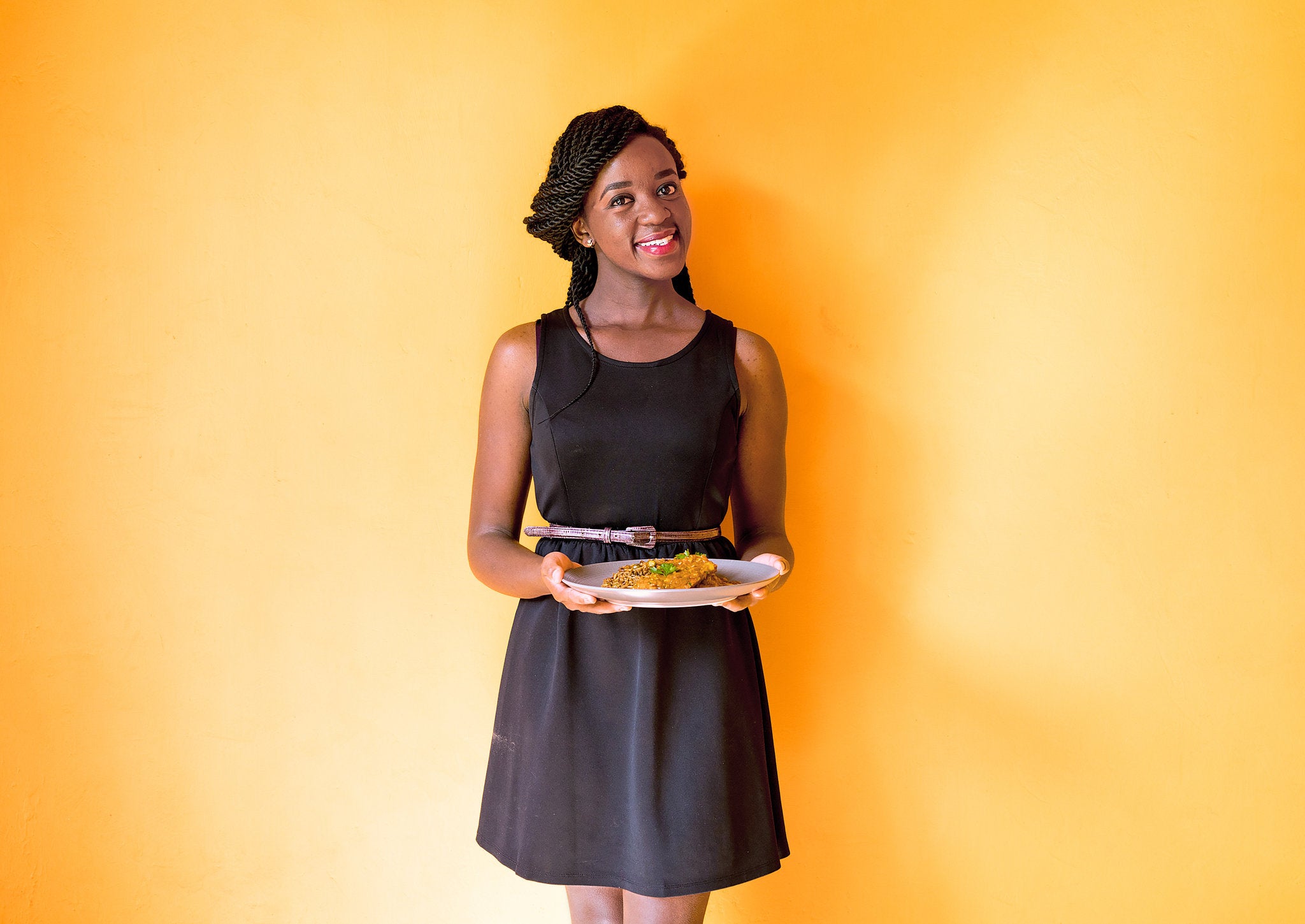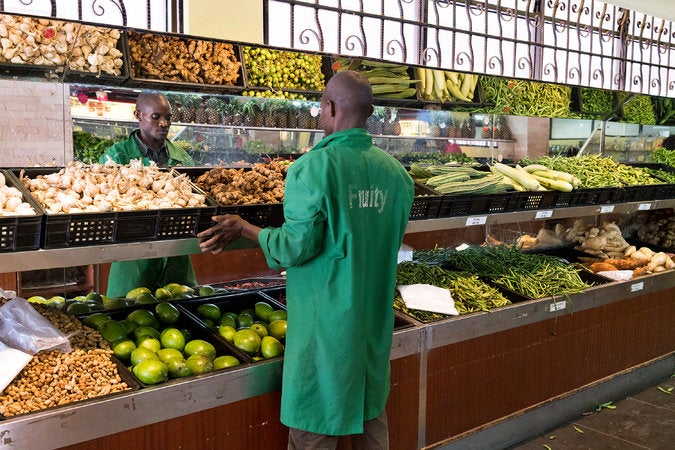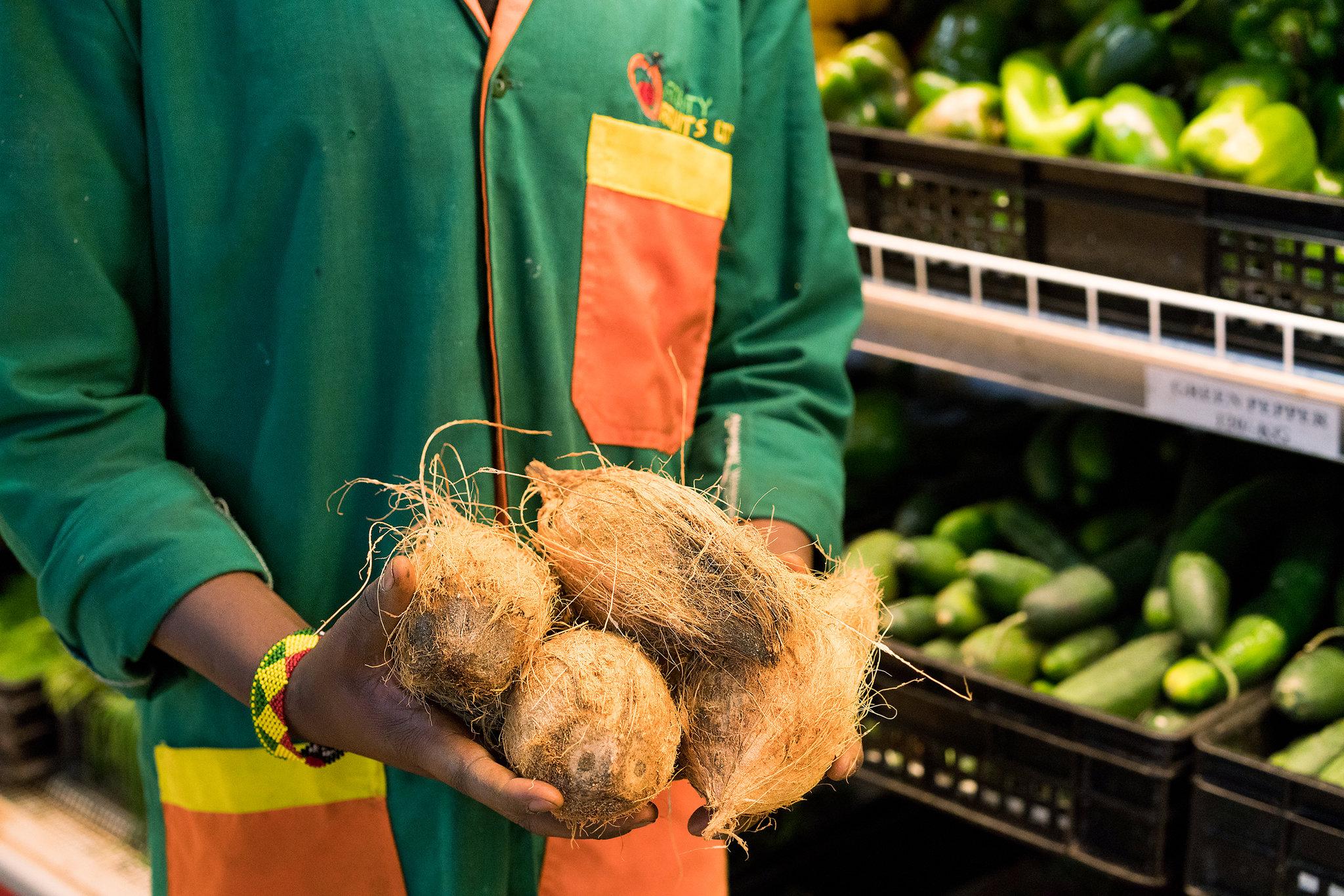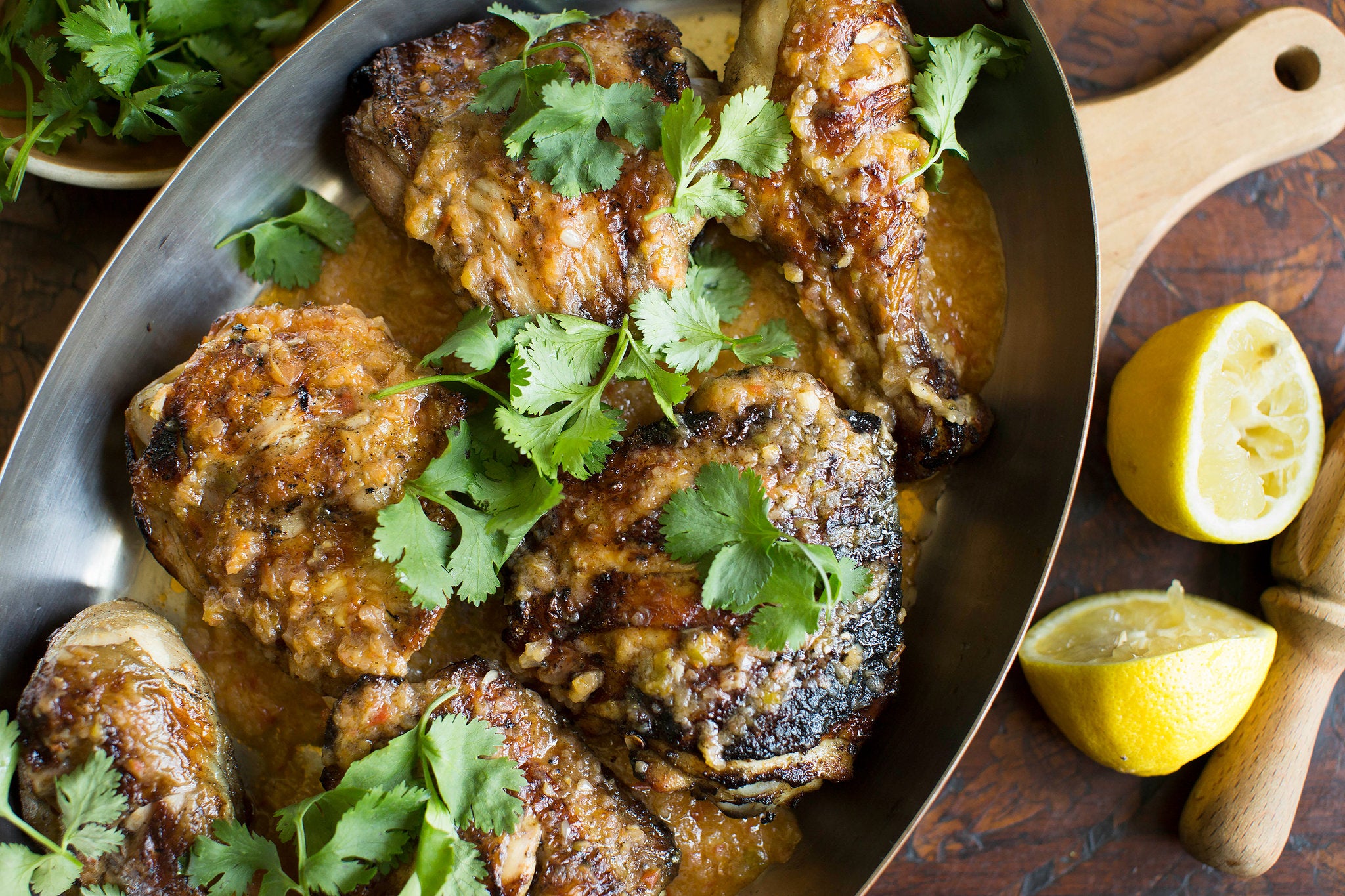Your support helps us to tell the story
From reproductive rights to climate change to Big Tech, The Independent is on the ground when the story is developing. Whether it's investigating the financials of Elon Musk's pro-Trump PAC or producing our latest documentary, 'The A Word', which shines a light on the American women fighting for reproductive rights, we know how important it is to parse out the facts from the messaging.
At such a critical moment in US history, we need reporters on the ground. Your donation allows us to keep sending journalists to speak to both sides of the story.
The Independent is trusted by Americans across the entire political spectrum. And unlike many other quality news outlets, we choose not to lock Americans out of our reporting and analysis with paywalls. We believe quality journalism should be available to everyone, paid for by those who can afford it.
Your support makes all the difference.The downpour stopped, so Kirti Patel decided to hold the dinner party on her balcony, with its views of colossal flowering trees and construction that had stalled for the rainy season. Pink vines of bougainvillea were in bloom, and the raw scent of ginger and garlic was in the air.
The centrepiece of the meal was Patel’s labour-intensive rendition of kuku paka, a coconut-chicken dish with roots about 300 miles east of her home, in the city of Mombasa.
For centuries, that port on the Indian Ocean was a hub for immigrants, many from other parts of East Africa, the Middle East and India. Kuku paka is a product of the diverse influences that shaped Kenya’s coastal cuisine, and today it is craved and recreated in home kitchens and restaurants all over the country, and beyond.

The dish seems simple: chicken on the bone, in a sauce of spiced coconut milk.
But you’ll find the chicken cooked in a number of ways — grilled over charcoal, or steamed with aromatics, or braised. That sauce can be pale and soupy, or dark and glossy. It can be mild and easygoing, or it can prickle with chilies so your eyes fill with tears.
Some cooks will add corn on the cob, potatoes or halved hard-boiled eggs to the mix. Others crowd the sauce with meat and nothing else.
It’s a dish that welcomes tinkering, but every kuku paka is a love letter to coconut, its fat and its sweetness, the way it can make so many other flavours shine without losing its own. And everything in that coconut sauce seems a bit more glamorous than it did before, even a chicken leg.
Patel and her husband, Anil Patel, raised their two children in Nairobi, driving to Mombasa for family vacations by the beach, bringing home the flavours of the coast like a keepsake. Kuku paka, which has been part of her culinary repertoire for decades, is both celebratory and nostalgic.
She found what she needed at Fruity Fruits, a produce market that almost seemed to be showing off the city’s vast range of excellent, year-round ingredients. Back in her kitchen, Patel split open a few coconuts. She grated the white flesh and pressed the mass to make coconut milk, setting aside the sweet, cloudy water to braise the chicken.
Once the milk reduced a little, Patel added the braised meat and let it all bubble together. When the sauce was creamy, thick with finely ground cashews, and the leanest pieces of meat were tender, she threw cilantro and fried onions over the top and set the dish out beside a basket of mandazi, deep-fried yeasted buns still warm from the fryer.
As a dozen guests ate, a pile of clean chicken bones grew at the centre of Patel’s table.
Kaluhi Adagala, 25, is a Nairobi food blogger who previously worked in the finance industry. She adds sprigs of fresh rosemary to her chicken marinade, crushing the needles to release their pine-scented oils.
“For Kenyans who are more inland, this dish is an occasion,” she said, noting its richness. “We make it only from time to time.”

When Adagala does make it, she braises the chicken in coconut, tinted with turmeric, and serves it over hot rice, or with a stack of supple chapati. She also likes it with ugali, the plainly delicious boiled cornmeal that, unlike kuku paka, is an everyday pleasure.
Madhur Jaffrey, the actor and author, who lives in New York, researched kuku paka’s roots when she published a recipe for the dish in her 2003 cookbook, Madhur Jaffrey’s Curry Nation.
She adapted it from a Kenyan-Indian immigrant who ran a restaurant in England. He slashed the meat as if preparing it for the tandoor, Jaffrey said, and roasted it in a hot oven to order.
But Jaffrey later published another version of the recipe, in From Curries to Kebabs. In that one, adapted from a Muslim family who had immigrated to Kenya from the Indian state of Gujarat at the turn of the 19th century, the chicken wasn’t roasted at all. It was skinned, then simmered.
Kuku paka isn’t constrained by hard rules, but there are patterns in its variations. “There should always be a touch of sourness,” Jaffrey says, “and the heat of green chilies.”
This sourness often comes from a squeeze of lemon, but Agnes Kalyonge, a caterer and recipe developer in Nairobi, slips in a spoonful of tamarind pulp instead.
For her website, Kalyonge writes about a range of regional Kenyan dishes — from plantain, taro and pumpkin stew to braised chicken gizzards — and posts instructional cooking videos that she shoots on her phone, which is propped up by a tripod-like stand she built herself.
She said she wanted to replicate the flavours of a kuku paka she had tried on the coast, but improve on it.
So she added the step of brining the meat in apple cider vinegar, to season it right through. While many sauces begin with frying onion, and a paste of ginger, garlic and green chilies, Kalyonge simmered the aromatics raw in the coconut milk, and let them mellow slowly in the fatty, reducing milk, stirring the pan almost constantly.

The name kuku paka is an abbreviation for kuku wa kupaka, Swahili that translates roughly as chicken in sauce. But Kalyonge said original versions of kuku paka always called for that chicken to be grilled.
You can’t argue with the smoky flavours that come from browning chicken slowly, over charcoal. It lends the finished dish the umami-rich notes of barbecue, and evokes the grills that were fired up on the coast a century ago, as kuku paka hopped from kitchen to kitchen, edited and revised in each.
Kalyonge first cooks the chicken gently, wrapped in foil on the charcoal grill. Then she takes out the meat and sets it back on the grate, uncovered, to crisp the skin and to stripe each piece in so many shades of dark brown.
“That extra step that we take, before finishing it off in coconut sauce,” she says, “that is what makes it Kenyan.”
Recipe: Kuku Paka (Chicken With Coconut)
Serves 6
1 hour, plus marinating time
4lbs chicken thighs and drumsticks on the bone
3 plum tomatoes
1 white onion, peeled and quartered
1-2-inch piece ginger, peeled
4 garlic cloves, peeled
4 serrano chilies, stemmed and seeded (use fewer if you prefer a mild dish)
2tsp kosher salt
2tsp ground cumin
1tsp ground coriander
2tbsp coconut oil
2 cans of coconut milk
Juice of 1 lemon
Handful of coriander leaves, chopped, for garnish
Rice, chapati or flatbread, for serving
Trim any excess skin from the chicken, keeping some skin intact. Score each chicken piece in two or three places, slicing about a half-inch into the meat. In a food processor, combine the tomatoes, onions, ginger, garlic, chilies, salt, cumin and coriander. Process until a rough paste forms. Rub one scant cup of the mixture all over the chicken, into the cuts and under the skin, reserving the rest for the sauce. Set chicken aside in the refrigerator for at least 1 hour, or up to 5.
Prepare and light a charcoal grill. Meanwhile, as the grill heats, prepare the sauce. In a large pan, heat the coconut oil over medium heat and add the remaining paste, stirring occasionally, until all of the water in the mixture evaporates and the oil separates, becoming visible on the surface, about 15 minutes should do. Continue to cook, stirring more frequently so the bottom doesn’t burn, until the paste is thick and dark and the raw smell has lessened, about 5 minutes. Add the coconut milk and simmer until the sauce is about as thick as cake batter and has turned a mellow shade of orange, about 20 to 25 minutes, then turn off the heat.
Grill the marinated chicken, turning the pieces so the skin is browned and the meat is cooked through, then add to the sauce. If the sauce has become too thick to coat the meat and provide a good gravy, stir in a splash of water. Turn the heat back on to low, cover and simmer for 5 minutes, or until the flavours have melded. Taste the sauce and adjust seasoning with salt and lemon juice, then garnish with coriander. Serve with rice, chapati or flatbread.
© New York Times

Join our commenting forum
Join thought-provoking conversations, follow other Independent readers and see their replies
Comments